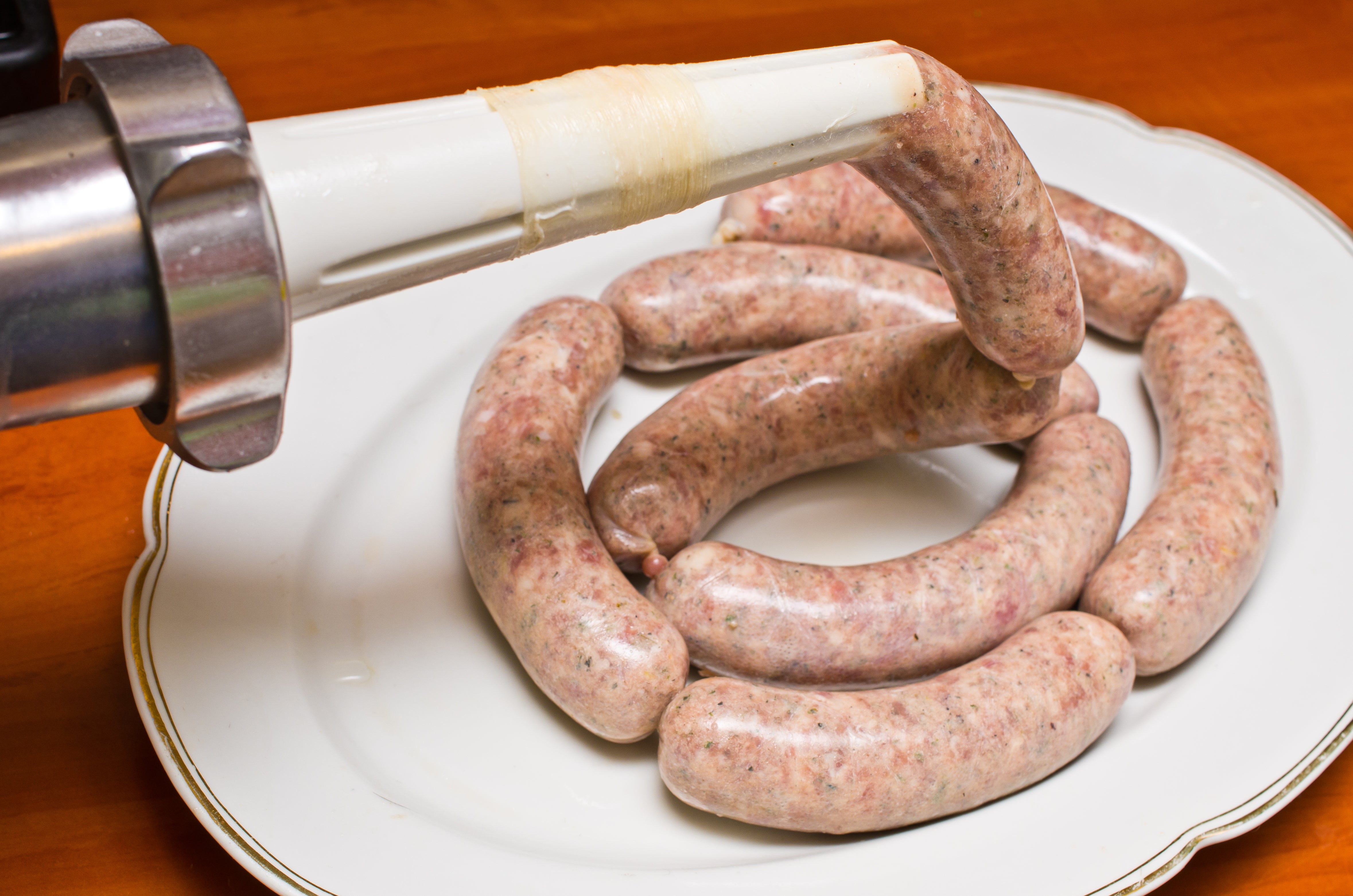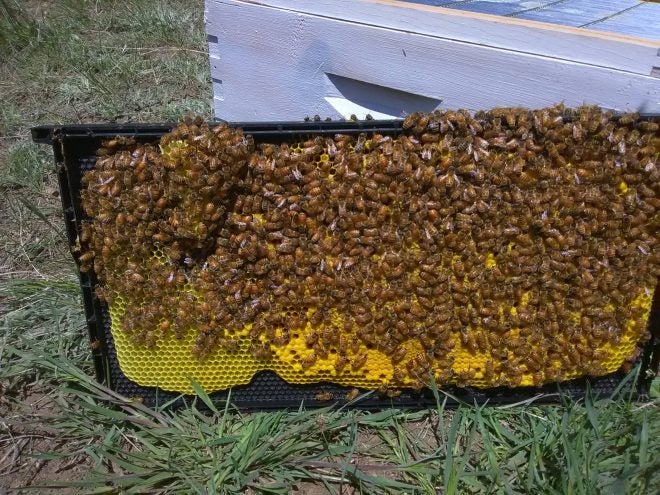New Year’s Sausage and Jerky Tradition
AllOutdoor Staff 12.23.19

January 1st of each year can be tough on a guy like me. The previous season’s hunting is done. The bugle, bow and quiver are hung up over the fireplace. And, it’ll be another three months before I can put in for this year’s draw. But I keep busy. Out comes the sausage grinder and smoker. The goal? The finest tasting, looking, and textured big game jerky and sausage. I rarely jerk elk. For me, it would be a sin. I’m a bowhunter and only harvest every 3rd year. If I draw two deer tags, muley and whitetail, I may save some neck meat to fill my smoker. I usually pick through last year’s pronghorn harvest, especially the loose meat. I have no problem grinding loose and subprime elk and deer meat into both breakfast sausages and ready-to-eat summer sausages.
Jerky – It’s All in the Brine or Rub
A dry jerk rub and cure can be purchased at your local outdoor outfitters. There are so many flavors out there, it’ll be up to your personal choice or you may just want to experiment a little. I’ll start out by thawing out the loose and neck meat from last seasons pronghorn. A day in the fridge should let the meat thaw out enough so that it’s optimal for slicing into strips. Do not let the meat thaw out all the way. It’ll be a pain to slice. A good, sharp filet knife is essential to making the right cuts to ensure the right level of toughness and flavor. You can slice you jerky either with or against the grain of the meat. If you slice with the grain, you get that tough and chewy jerky (the kind that I love). Against the grain, you get a softer, easier piece of meat to chew.
I’m not pushing a product here, but I’ve been smoking meats for over 30 years in my trusty Little Chief electric smoker. The five tray rack loads in from the top and the smoking pan is loaded in through a small door in the front. I’ve been able to smoke up to 20 pounds of jerky at one time without having to take up too much space in my garage when I’m not smoking. The smoker will need some tending every few hours to ensure that wood burns evenly and gets replaced as it runs out.
For a dry cure, place your sliced meat on cookie sheets. You’ll mix some part cure with some part flavoring salt, so read the instructions that came with your rub to ensure that the meat is cured properly and is seasoned with the right amount of spices and herbs. Sprinkle your concoction liberally and cover all exposed meat, then flip the slices over and repeat. This is one point where I experiment a little with mixtures of different flavoring and spices. It may take a few batches for you to get your jerky the way you like it. Bag your cured and flavored slices together in ziplock bags. Let them spend at least 24 hours in the fridge. Cured meat will have almost a rubbery texture once it has soaked up the cure. Now, you’re ready to smoke.

For a wet cure, you’re going to mix together a brine with water and coarse sea salt. Humans have been using this method for thousands of years to preserve food – think of the Native Americans and how they preserved bison meat for winter rations! For my recipe, I build a brine or bath with the key ingredient, honey from my hives. The bees have been loaded up last fall with dutch clover which makes for a light, sweet honey. I complement the honey with soy sauce and to give it a little kick, red pepper flakes – the hotter the better. The marinade, along with the cure can be poured directly into ziplock bags with the sliced meat. 24 hours of marination is the rule of thumb. Now, you’re ready to smoke.
Smoking your jerky is easy. Using my Little Chief and my preferred smoking wood, cherry, I can expect to spend at least 8 hours smoking a full complement of jerky. I’ll shave off wood from the cherry branches into the smoking pan, just making sure there is one layer at the bottom of the pan, and will perhaps have to do that 3 to 4 times in the 8 hours of smoking time. Sometimes I’ll go a little longer. It’s pretty simple, when the jerky is ready it’ll bend back and forth and it cracks a little. If it breaks in half – its overdone.
Sausage is King
Making your own breakfast sausage can be a rewarding experience. Especially the first time you make a great sausage gravy at elk or deer camp. At home, you’ll need a meat grinder, electric or hand crank, a sausage stuffer and casings to get started. I usually grind the incidental and neck meat of the elk or deer, leaving the prime cuts for special occasions. A great pronghorn sausage recipe can be accomplished with a couple pounds of ground pronghorn neck meat, meat tenderizer, red, black and cayenne pepper, and any pork trim or bacon to improve flavor, texture and color. Mix ingredients and ground meat in a bowl then press a bag full with the stuffer. You should get two one pound bags of breakfast sausage ready to freeze for later use.
Making my beloved Wyoming Antelope breakfast gravy is easy and it eats great. Brown some biscuits in your conventional oven, or if you’re in the field, a dutch oven. In a skillet, brown one pound of antelope sausage, add a splash of your favorite IPA to give it a little kick. Mix in flour or cornstarch. For a little thicker gravy, saturate the meat with flour. Pour in two or three cups of milk and bring to a boil. Once roiling, turn heat to low, stir and let the gravy thicken. Add a couple pinches of salt and pepper. Plate the gravy over biscuits or toast, and add a couple of sunny side eggs to the top. Now you have a meal fit for any hungry hunter who is about to head out into the field.